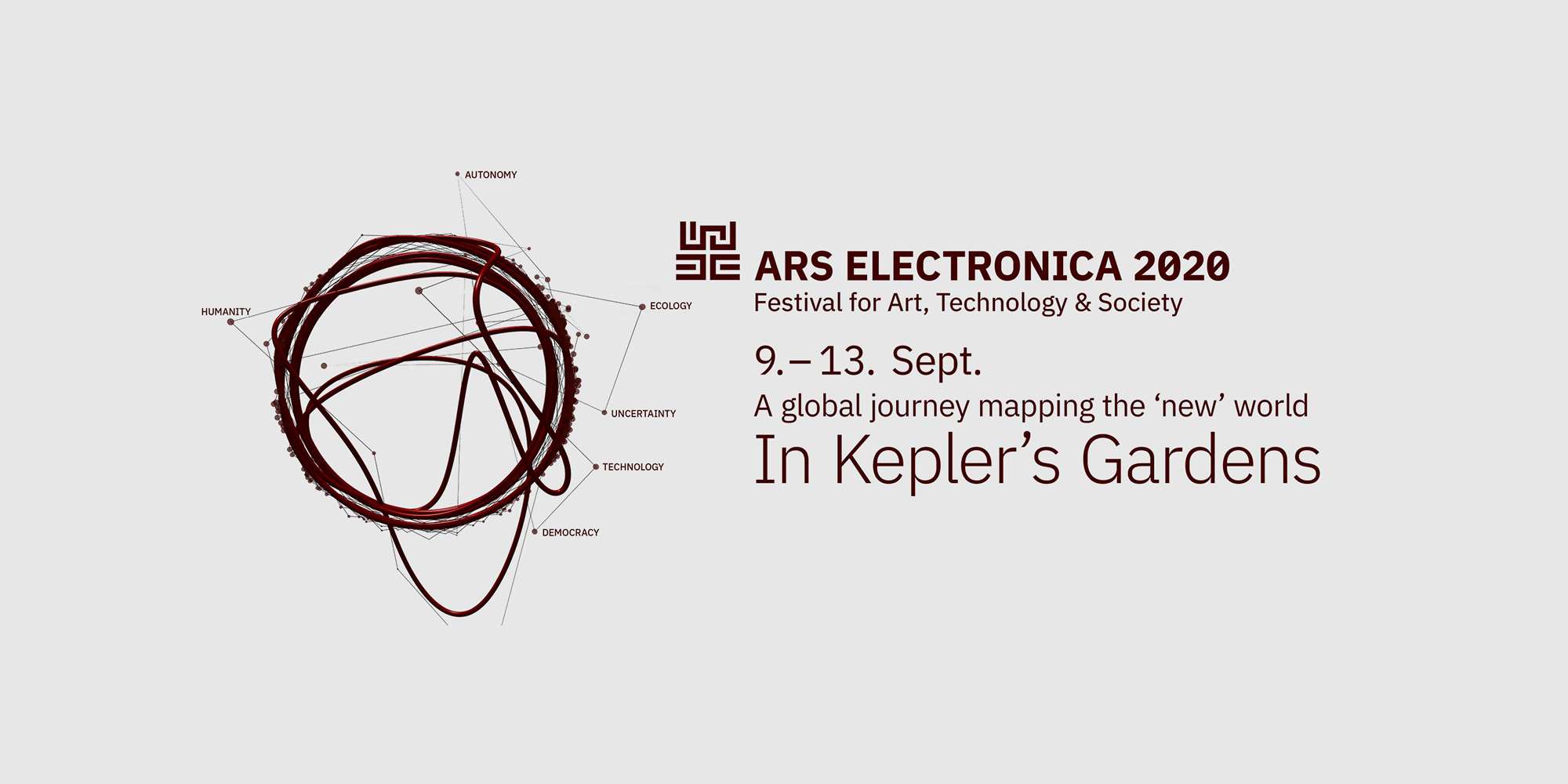Reality

Artificial Seascapes
CADAF (The Contemporary and Digital Art Fair) (US)
Artificial Seascapes reflects on the impact humans and technology have on the environment and explores new ways to visualize it. By incorporating artificial intelligence, algorithmic tools and data processing into their practice, Spalter and Crespo allow us to see mundane events from the perspective of a machine. By shifting the focal point, scenes that are familiar to the human eye - cruise ship images or sea creatures - begin to evolve, resulting in new compositions that have never been seen. The artists invite the viewers to submerge in these new worlds, where beauty and technology collide to expose questions of human perspective, consciousness and preservation.
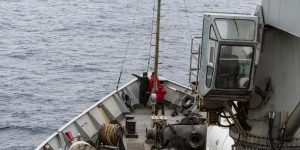
Scientific papers
Paper authors: It starts with an inverted map. Chronicle of an imaginary and literal navigation through the southern tip of America. By Paula López Wood "Roots and inorganic forces, tectonic-climate interaction: its meaning in the evolution of the landscape and the habitability of the territory " By Gerd Sielfeld Art, science and society from a critical museology. THE OPEN LANDSCAPE BEHIND THE BORDERS By Alessandra Burotto Tarky Remain or Return: The Ancestral Communities of Magallanes from Hornos Island By Alfredo Prieto

Digital Exhibition Sojourner 2020 – A conversation among all artists
Through the ages, artists, writers, and filmmakers have been inspired by space. Their visionary depictions of space as an environment for people have influenced the scientific and engineering feats we know so well today. How will artists continue to inspire the future of space exploration? What are the opportunities and challenges in the creation of art for our interplanetary futures?

CADAF presents Sofia Crespo and Anne Spalter
CADAF (The Contemporary and Digital Art Fair) (US)
The Contemporary and Digital Art Fair is honored to present Anne Spalter and Sofia Crespo, two female artists working with AI technology. Spalter and Crespo explore current socio-economic issues, including COVID19 and ecological uncertainty, in their work. Both artists exhibited their work at CADAF Online, which took place June 25-28, 2020. Artificial Seascapes reflects on the impact humans and technology have on the environment and explores new ways to visualize it.
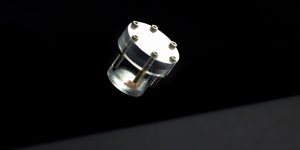
Digital Exhibition: Sojourner 2020
In 2019, the Space Exploration Initiative announced an open call to invite artists to submit artworks for an exciting ISS launch opportunity. After three rounds of reviews, nine groups of artists are selected to be on board Sojourner2020, an international art payload. For this year's Ars Electronica In Kepler’s garden online program, we created a digital spaceship to share the diverse portfolio from the initiative. Audiences are invited to immerse themselves in this digital world, walk around and encounter each other.

Bengaluru: City of Water
Harini Nagendra, ecologist
Ecologist Harini Nagendra’s talk takes the audience on a journey through the history of water systems in Bengaluru - starting from the 6th century CE to the present day. She explains how lakes were built and how they became an important source of water for the city. Today they are used solely for recreation, environmental support and ornamental views. She argues that urbanization and water conservation can go together and that we need to look at our history to manage our future.
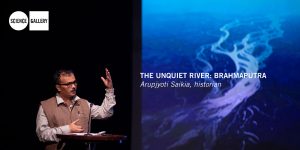
The Unquiet River: Brahmaputra
Arupjyoti Saikia, historian
From landscapes to livelihoods, the river Brahmaputra has shaped the history of Assam. Historian Arupjyoti Saikia’s Confluence lecture brings together history, geology and hydrology to present a comprehensive understanding of this mighty river. He speaks about how the river was formed, what makes it unique, and why it is important to think about its future. His lecture is based on his book by the same name.

Interplanetary Time, Communication, and Longevity
Che-wei Wang, Sands Fish
When distance is measured by light years, how do we learn from the past and make decisions for the future?

Wellbeing in Extreme Environment
Maggie Coblentz
How do we adapt to extreme conditions and how we care for each other? In the time of pandemic and isolation, can we learn from astronauts and people who have lived through hardships?

Terra Australis Ignota Research Group Round Table
A Conversation between the different areas involved in the Terra Australis Ignota project. Nicolas Spencer, Artist and Director of Terra Australis Ignota project Víctor Mazón Gardoqui, Researcher and artist Alfredo Prieto Iglesias, Archaeologist and researcher at University of Magallanes Gerd Sielfeld, Geologist and scientist council of Prisma Austral Foundation Paula López Wood, Writer and travel Journalist Alessandra Burotto, Curator of Museum of Contemporary Art Catalina Montero, Producer of Terra Australis Ignota project and talk moderator
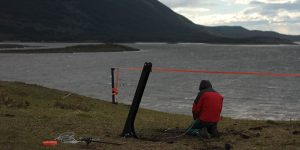
A trip to the island
Alessandra Burotto (CL) / Paula Lopez Wood (CL) /Víctor Mazón Gardoqui (ES/DE) / Alfredo Prieto (CL) / Gerd Sielfeld (CL) / Nicolas Spencer (CL/AT) / Terra Ignota
An artistic, geological, archaeological and historical research trip into the southernmost continental island in the world before Antarctic; Cape Horn.

New Frontiers in Water Science
Veena Srinivasan, water researcher
In her Confluence lecture, water researcher Veena Srinivasan calls for a new approach to science that is problem driven, interdisciplinary and grounded in real-world questions. She presents three examples to illustrate why we must consider anthropologic changes in this new approach. She addressed the case of disappearing surface water in the Upper Arkavathy watershed near Bengaluru, the impact of droughts on Chennai and questions whether tree planting is good or bad for streams.
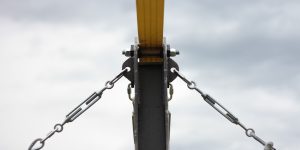
Achæoscillator
Víctor Mazón Gardoqui (ES/DE), Nicolas Spencer (CL/AT)
Achæoscillator displays the drastic weather conditions of the southernmost island in the world on a virtualized representation of the end/beginning of the Americas. A one-person experience, where the research presents traces and connections between the ancestors of the Yagán community, the Kawesqar and Selk’nam and the Antarctic, Scotia and South America continental plates, offering an inestimable and uncontrollable source of Gaia's power.

!brute_force
Maja Smrekar (SI)
Als Reaktion auf die Coronavirus-Pandemie konzentriert sich das Projekt !brute_force auf die Zukunft marktgerechter diagnostischer Wearables und AI-basierter Technologien zur Gesundheitsüberwachung. Als Performer klettern ein Mensch und ein Hund durch eine Installation aus Plattformen und leeren Räumen.
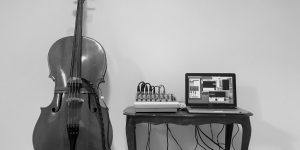
Electrified Feedback Cello
Michael Hutsteiner (AT), Verena Breitfuß (AT)
Ein Cello wird mittels magnetischen Abnehmers und Körperschallwandler durch Rückkopplung in Schwingung versetzt. Mittels digitaler Klangprozessoren kann das rückgekoppelte Signal manipuliert und verändert werden.

Emergence & Convergence: Interviews
Katherine Melançon, George Fok, Daniel Corbeil, Sabrina Ratté
In these interviews, Katherine Melançon, George Fok, Daniel Corbeil and Sabrina Ratté explain the scope of their works, the subtle links they made between technology and ecology, and their vision of the future as seen through this lens.
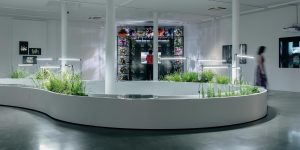
Emergence & Convergence: Art as prophetic and responsive
Katherine Melançon, George Fok, Moritz Wehrmann, Cheryl Sim
In this live conversation, Cheryl Sim, managing director and curator at the PHI Foundation for Contemporary Art, and artists from the exhibition Emergence & Convergence will discuss their work, which meets at the intersection of the self, digital technology, the built environment and the natural world.

Emergence & Convergence: An Online Guided Tour
PHI (CA)
PHI is thrilled to present an online guided tour of Emergence & Convergence, the PHI Centre’s current exhibition in Montreal. Emergence & Convergence is an invitation to immerse ourselves completely in the works. This exhibition investigates our humanity in relationship with our planet and all living beings.
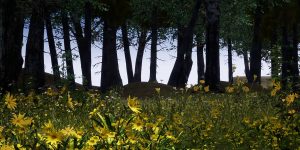
Transcendence
LMU Munich and TUM/MCTS: Melissa Mueller (LMU), Selma Causevic (LMU), Julia Delacor (LMU), Finja Hinrichs (LMU), Melike Mesin (LMU), Annabelle Andres (LMU), Yvonne Creter (LMU), Maximilian Reiner (TUM), Clara Valdés Stauber (TUM) Supervisors: Dr. Karin Guminski, Aida Bakhtiari, Jan-Hendrik Passoth
TRANSCENDENCE: presents an VR environment in form of a serene and magical forest, that strives to provide a safe mental space for people, who are burdened during times of uncertainty and constant change. A carefully curated selection of visuals and sounds encourage the user to leave everyday stress and anxiety caused by Covid-19 behind. The VR experience aims to support people, to clear their mind in order to better process the pressure of the global pandemic crisis. Transcendence attempts to guide the user through a meditative, calming environment, that speaks to mind and body. The combination of anxiety soothing nature as well as precisely arranged sounds and colours turn Transcendence into a safe haven – transcending the user from the physical realm into the

TRACK_48N10E
University of Applied Sciences Augsburg and TUM/MCTS: Adrian Ludwig (HS Augsburg), Florian Kapaun (HS Augsburg), Johannes Weigele (HS Augsburg), Codrin Podoleanu (HS Augsburg), Benedikt Friedl (HS Augsburg), Simon Hofmeister (HS Augsburg), Linda Ma (HS Augsburg), Dennis Appelt (TUM), Carmen Bozga (TUM), Paola Segovia Alvarado (TUM), Xinghan Liu (TUM) Supervisors: Prof. Andreas Muxel, Elias Naphausen, Jan-Hendrik Passoth
TRACK_48N10E is a location-based, real-time application, mapping your surroundings to a virtual synthesizer. The mobile, web-based reality extension enables users to perceive their sonified environment while strolling. The soundscape is dynamically generated by urban and rural features of site-specific map data and changes with every single step. TRACK_48N10E encourages the exploration of known and unknown places by ear. Two places never look the same and therefore never sound the same. With each step the listener dives further into a unique, extended reality.
